One of my duties as a partner in www.EVWorld.com is occasional proofreading; every few weeks, Bill Moore asks me to review his newsletter, The Insider. I look forward to this, as it forces me to keep up on the news in electric transportation, and the proofreading requires almost no more time than would be consumed in simply reading Bill’s insightful writing. And frequently it makes me smile.
You may have noticed that last week brought us another wrinkle in the litigation in which Florida-based Paice Corporation sued Toyota and Ford Motor Company – a dispute involving Paice’s assertion that both the Toyota and Ford hybrid drive systems violate its patent and that it is entitled to compensation.
When I came across this sentence: As you might imagine, Toyota certainly wasn’t happy about the Texas jury’s decision, nor when they lost their apparel to the U.S. Supreme Court, it took we a few seconds to discern what Bill had intended. They lost their shirts, perhaps? No, I ultimately realized that what they had lost was their appeal, not their apparel.
So what was the news? None of the parties in the lawsuit will say how they settled, but Bill thinks “we can safely assume that Paice and its attorneys broke out bottles of bubbly last week, even if they it means they’ll likely never do business in Detroit again.”
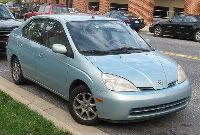

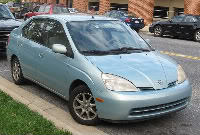
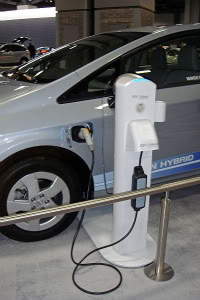
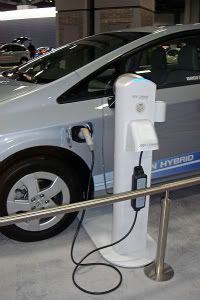 The 2010 Plug-In show, featuring the latest in electric transportation, is now in the books. I spent yesterday at the event, meeting people, interviewing key industry players, and taking in all that the show offered. But while I enjoyed the experience, I was totally unprepared for what I saw.
The 2010 Plug-In show, featuring the latest in electric transportation, is now in the books. I spent yesterday at the event, meeting people, interviewing key industry players, and taking in all that the show offered. But while I enjoyed the experience, I was totally unprepared for what I saw.
![[The Vector] More from the Private Sector: Google – A Company Heavily Involved in Clean Energy Efforts](http://2greenenergy.com/wp-content/uploads/2010/07/Google-solar-panels-roof-view-300x225.jpg)
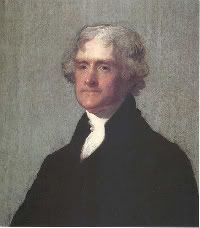 More people each day are disgusted with the course our civilization is taking. Whether your main concern is social injustice, proliferation of nuclear weapons, environmental ruination, white-collar criminality, the decay of morality, growing rates of addiction to recreational and psychiatric drugs, the decline in educational standards, or the ravages of corporatocracy, one thing’s for sure: you’re one of very few if you believe the human race is on the right track.
More people each day are disgusted with the course our civilization is taking. Whether your main concern is social injustice, proliferation of nuclear weapons, environmental ruination, white-collar criminality, the decay of morality, growing rates of addiction to recreational and psychiatric drugs, the decline in educational standards, or the ravages of corporatocracy, one thing’s for sure: you’re one of very few if you believe the human race is on the right track.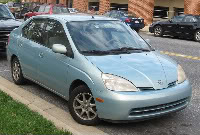

 I hope the world is paying close attention to the development of molten salt technology to store solar energy as heat, for later conversion to electricty at night and on cloudy days. As reported
I hope the world is paying close attention to the development of molten salt technology to store solar energy as heat, for later conversion to electricty at night and on cloudy days. As reported 
 A few people commented on my piece about nuclear energy last week, and scolded me for believing that shortages of uranium may be one of many serious issues confronting this beleaguered industry. I’m not the only one who sees this, however. Editor of Peak Oil Review and former CIA analyst
A few people commented on my piece about nuclear energy last week, and scolded me for believing that shortages of uranium may be one of many serious issues confronting this beleaguered industry. I’m not the only one who sees this, however. Editor of Peak Oil Review and former CIA analyst